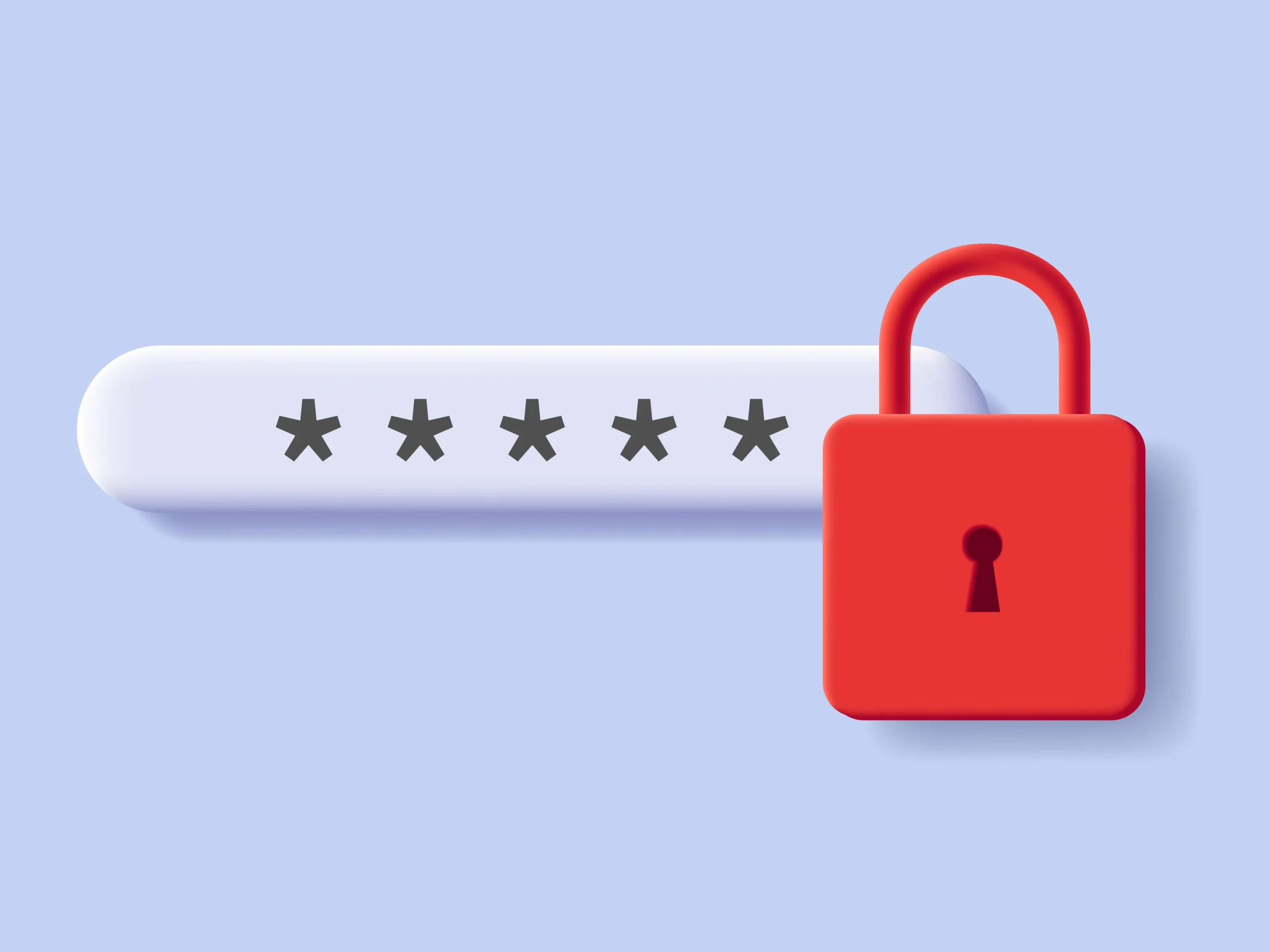DIY security: In today’s digital age, ensuring your online security is more important than ever. With the rise in cyber threats and data breaches, having a strong and unique password for each of your online accounts is crucial. While many people rely on password managers or pre-built generators, creating your own strong password generator offers you an added layer of security and customization. In this guide, we’ll walk you through the steps to build your own password generator and secure your digital life.

Why You Need a Strong Password
Before diving into the “how,” it’s essential to understand the “why.” Passwords are your first line of defense against unauthorized access to your online accounts. A strong password, typically 12 to 16 characters long, consisting of a mix of letters, numbers, and symbols, is significantly harder to crack. Weak passwords can be easily guessed or broken by hackers, putting your personal information and accounts at risk.
What Makes a Good Password Generator?
A good password generator should be able to create complex, random passwords that are hard to guess but easy for you to use. It should include features that allow you to customize the length and complexity of the password, ensuring that each one meets the security requirements of the platform you’re using.
Step 1: Choose Your Programming Language
The first step in creating your own password generator is deciding on the programming language you want to use. Python is a popular choice due to its simplicity and versatility, but you can use any language you’re comfortable with, such as JavaScript, Ruby, or even C#. For the purpose of this guide, we’ll focus on Python because of its user-friendly syntax and widespread use in cybersecurity.
Step 2: Write the Basic Code
Start by writing a simple script that generates a random string of characters. Here’s a basic example in Python:
python
import random
import stringcharacters = string.ascii_letters + string.digits + string.punctuation
password = ”.join(random.choice(characters) for i in range(length))
return password
print(“Your generated password is:”, generate_password(length))
This script combines uppercase and lowercase letters, numbers, and special characters to create a password of the desired length. You can customize the character set to exclude or include specific types of characters according to your needs.
Step 3: Add Customization Options
A great password generator allows you to customize the output. You might want to add options for:
- Password length: Allow users to choose how long their password should be.
- Character inclusion/exclusion: Give users the ability to include or exclude certain types of characters (e.g., special symbols or numbers).
- Password strength meter: Incorporate a feature that evaluates the strength of the password based on length and complexity.
Here’s how you can expand the basic script to include some of these options:
python
import random
import stringcharacters = string.ascii_letters
if include_symbols:
characters += string.punctuation
if include_numbers:
characters += string.digits
return password
symbols = input(“Include symbols? (yes/no): “).lower() == ‘yes’
numbers = input(“Include numbers? (yes/no): “).lower() == ‘yes’
Step 4: Test and Improve Your Generator
Once you’ve built your password generator, it’s crucial to test it thoroughly. Try generating several passwords and check them against online password strength checkers to ensure they’re up to par with industry standards. You can also share your generator with friends or colleagues for feedback.
Step 5: Consider Adding Extra Security Features
If you’re feeling more ambitious, consider adding extra security features to your password generator. For instance, you could add a function that stores passwords securely in an encrypted format or a feature that automatically checks for common passwords or dictionary words, which could compromise security.
Step 6: Keep It Updated
Cybersecurity is an ever-evolving field, and what is considered secure today might not be secure tomorrow. Keep your password generator updated with the latest security practices and consider adding new features as needed to adapt to emerging threats.
The Benefits of DIY Security
Building your own password generator is not just about security; it’s also a learning experience. By understanding how passwords are created and what makes them strong, you gain a deeper appreciation for online security. Plus, you’ll have a custom tool tailored exactly to your needs.
Final Thoughts
In a world where online security is increasingly important, creating your own strong password generator is a smart and proactive step. With the knowledge and tools provided in this guide, you can protect your digital identity and ensure that your online accounts are safe from unauthorized access.
For more tips and insights on digital security, be sure to visit our comprehensive guide on Digital Digest.




